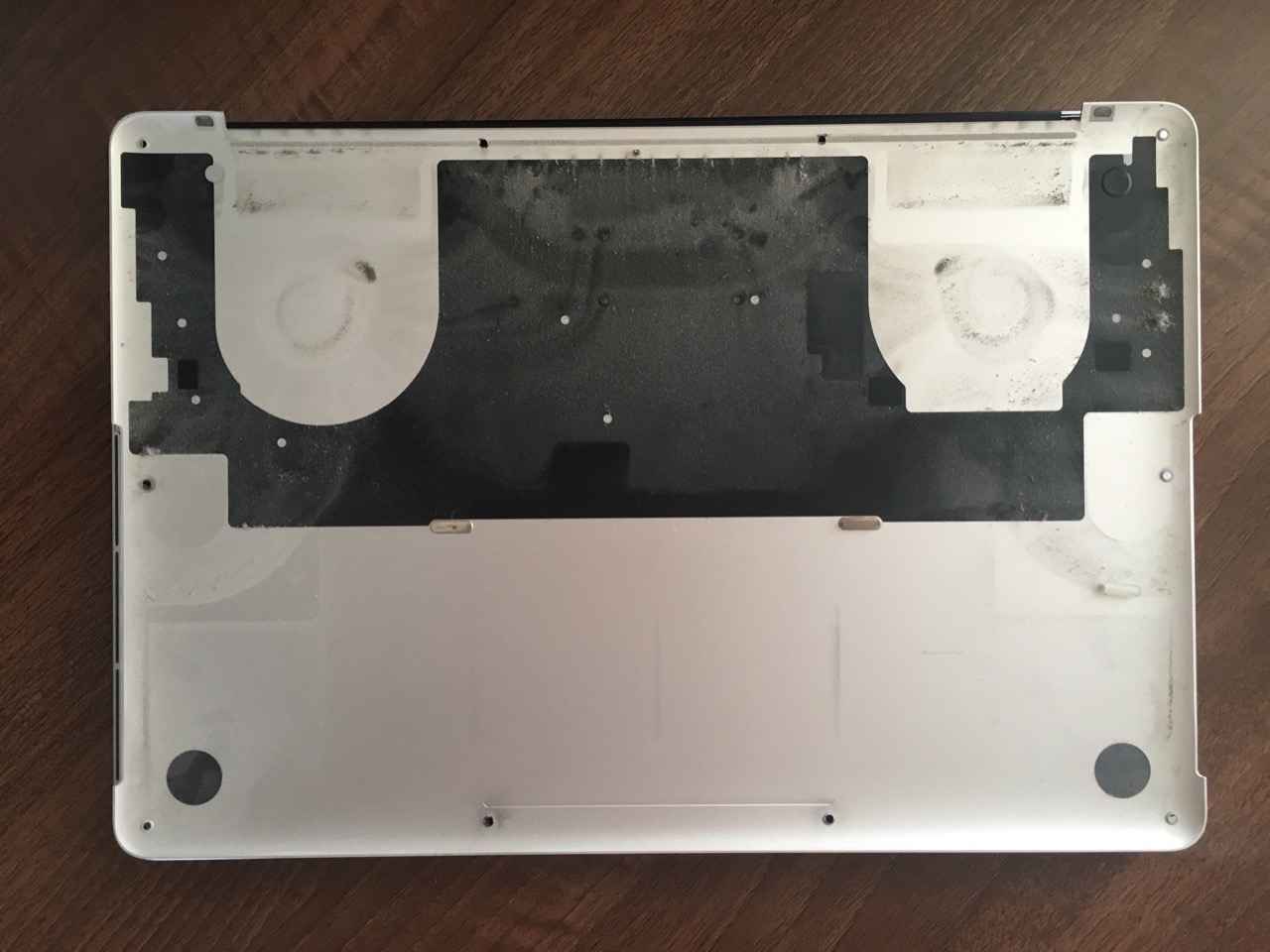


Thanks to the reduced processor clock, the temperature situation is more relaxed and we can only measure 31.5 dB(A) at first. The situation in our stress test with the tools Prime95 and FurMark is similar to Unigine Valley. The fastest method to reach the maximum fan speed is Prime95.
#Macbook pro 2012 non retina geekbench 4 full#
This is followed by jumps to ~4100 rpm, ~4900 rpm, and ~5800 rpm before we reach the full 7200 rpm after a total of 16 minutes.ģDMark 06 on Windows results in 32.9 dB(A) and 5200 rpm on average. It is basically not audible at ~30.6 dB(A) (3400-4600 rpm) in the first 5 minutes. More GPU demanding applications like Unigine Valley take more time to activate the fan. The second run results in the maximum fan speed of 7200 rpm at 39.3 dB(A). You cannot hear the fan for the first ~30 seconds, but the speed will increase to around 6000 rpm and 35 dB(A) until the end of the run. We use the Cinebench R15 Multi test running on macOS. The fan control is seamless, so the results are average values. You can see that the fan quickly reaches its maximum speed of 7200 rpm when you stress the CPU in particular. We will have a look at some scenarios below and start with macOS. However, the fan is only audible at ~2300 rpm in very quiet environments. The fan is even completely deactivated in macOS, while it is always spinning with at least 1200 rpm on Windows (Bootcamp) – independent of the power profile. The good news is that the fan is not audible under light workloads or short peak load (up to ~30 seconds), respectively. However, the high-pitched sound characteristic stays, which is why the fan is not very pleasant under load. One big problem of our previous test model was the rattling fan, but our current model does not have any problems so far.


 0 kommentar(er)
0 kommentar(er)
